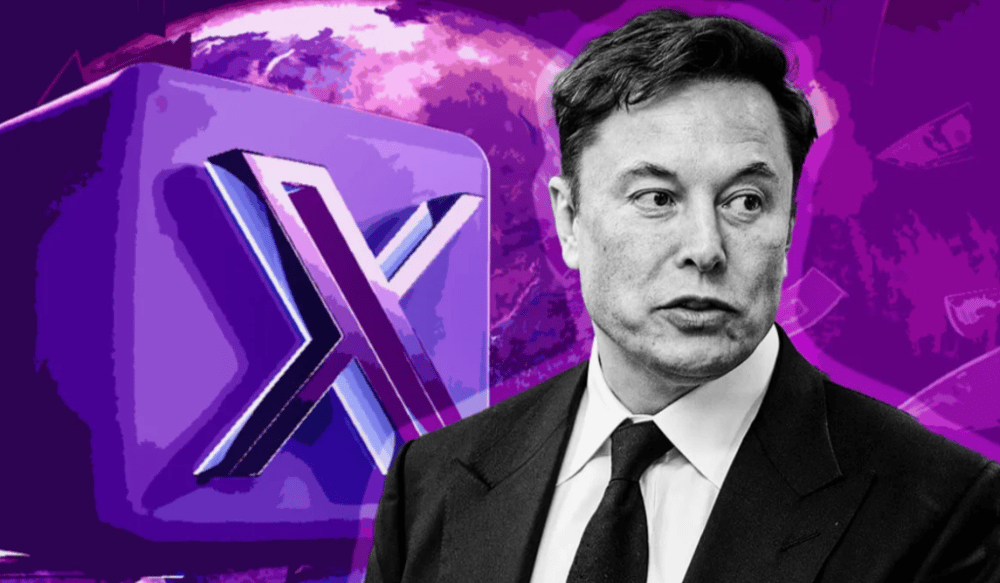Morgan Stanley Markets $5 Billion xAI Debt Package Amid Public Tensions Between Elon Musk
Morgan Stanley $MS has begun marketing a $5 billion financing package—comprising bonds and two loans—on behalf of Elon Musk's artificial intelligence venture, xAI. The move coincides with a very public falling-out between Musk and U.S. President Joe Biden, drawing attention to both the structure of the deal and the timing of its announcement. The proposed offering includes a floating-rate term loan B and a fixed-income tranche, both carrying aggressive terms, hinting at investor appetite and the high-risk, high-reward nature of the AI sector.
Structural Breakdown and Market Implications of the xAI Debt Deal
Morgan Stanley’s decision to pursue a bifurcated offering for xAI signals an attempt to attract a diverse set of fixed-income investors. Sources close to the matter report that the floating-rate loan B is being marketed at 97 cents on the dollar with a variable rate of SOFR + 700 basis points—a steep premium indicating elevated risk perception or investor hesitance. The alternative package involves a hybrid of loans and bonds priced at a fixed interest rate of 12%.
The high yields and discounted pricing suggest Morgan Stanley anticipates significant volatility or uncertainty regarding xAI’s short- to medium-term performance. This structure deviates from prior Elon Musk-linked financings, reflecting both the speculative nature of the AI industry and the high profile of the company’s founder.
The offering was pitched to institutional investors in a closed-door meeting last week, during which limited financial details of xAI were shared, further signaling that investors are being asked to rely heavily on Musk’s personal brand and market narrative rather than robust financial transparency.

Key Facts at a Glance
Total financing volume: $5 billion
Lead underwriter: Morgan Stanley
Borrower: xAI (privately held by Elon Musk)
Floating-rate loan B terms: 97 cents on the dollar, SOFR + 700 bps
Fixed-rate package: Loan and bonds priced at 12%
Investor meeting held: Last week (specific financials disclosed)
Purpose: Unspecified, but likely linked to scaling xAI operations
Market Sentiment, Political Context, and Investor Response
This offering arrives at a delicate time for Elon Musk, whose increasingly combative stance against the Biden administration has placed him in the political spotlight. While such tensions might have limited direct financial implications, they contribute to reputational risk, which could factor into investor decision-making, particularly in regulated sectors like AI and defense.
Market observers note that the pricing of the debt reflects a premium not only for technological risk but also for idiosyncratic risk tied to Musk himself. Unlike Tesla (NASDAQ: TSLA) or SpaceX, xAI lacks a long-standing operational history or clear path to profitability, which typically raises the cost of capital.
The broader debt market remains liquid, but appetite for speculative-grade offerings is mixed, especially those tethered to emerging technologies without revenue certainty. Still, given Musk’s track record and investor enthusiasm for AI, demand could surprise to the upside if framed as a once-in-a-decade opportunity.

Key Takeaways
Risk Premium: The high spreads (SOFR + 700 bps and 12% fixed) reflect investor caution and lack of financial visibility at xAI.
Structural Flexibility: The dual-format offer suggests Morgan Stanley is testing investor preferences amid uncertain risk profiles.
Political Overlay: Musk’s feud with President Biden adds a non-market layer of unpredictability to the offering.
Brand-Driven Investment: Investors are being asked to back the Musk brand as much as the AI venture itself.
Unorthodox Approach: The marketing strategy deviates from traditional Musk deals, showing evolution—or desperation—in fundraising strategy.
Implications for AI Financing and Broader Debt Markets
The $5 billion xAI debt package marks a pivotal moment in the intersection of high-profile personal branding, speculative technology financing, and macro-political undercurrents. Morgan Stanley’s approach reflects both a deep understanding of market psychology and the complexities of pricing risk in a founder-driven environment. Should the deal succeed, it may set a new benchmark for AI startups seeking capital in 2025. Conversely, muted demand or investor backlash could reinforce the need for greater financial transparency and operational clarity in future offerings.















Comments